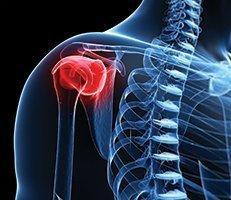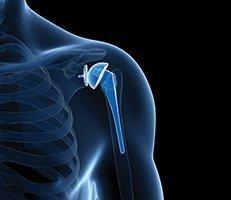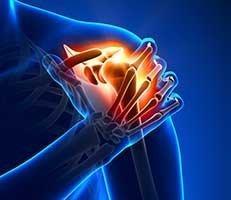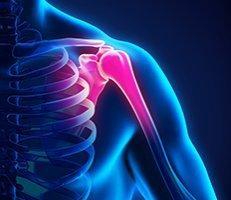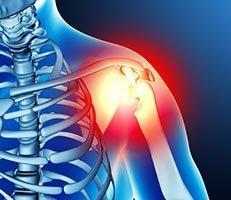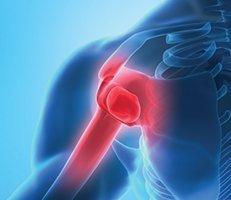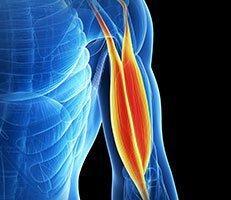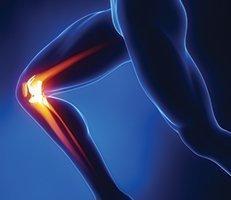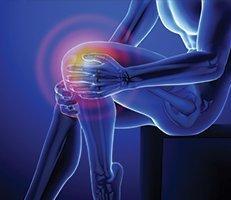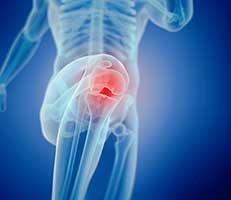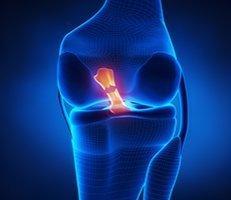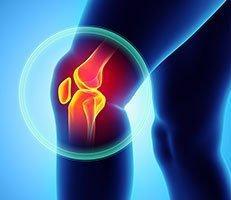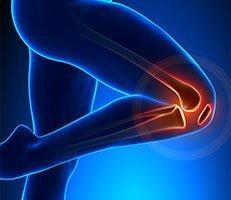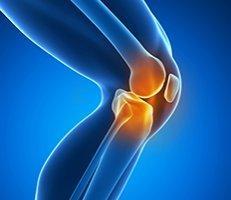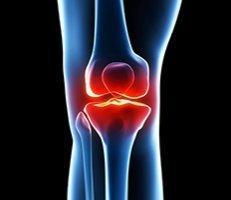A broken collarbone is often caused by a fall onto an outstretched upper extremity, a fall onto a shoulder, or a direct blow to the clavicle. Breaking your collarbone is also known as a clavicle fracture, and it is a common bone injury.
Clavicle fractures cause pain, swelling, tenderness, bruising, and flexibility issues. Thankfully, there are many ways to treat such fractures, and the treatment option is based on the severity of the injury, as there are both nonsurgical and surgical treatments available.
Dr. Millstein is a Beverly Hills orthopedic surgeon with years of experience treating collarbone fractures. During your first appointment with Dr. Millstein, he will examine your collarbone fracture and determine the best way to move forward based on your unique needs and circumstances.
Non-Surgical Collarbone Fracture Treatment
In some cases, broken collarbones can heal without surgery. If the broken ends of the bones have not shifted out of place and line up correctly, you may not need surgery. More than 90% of clavicle fractures are successfully healed by non-operative treatment.
The most common treatment option involves resting the affected area and supporting the arm with the use of a sling. This helps keep it in position while it heals. A sling, in combination with pain medication, like acetaminophen, will help the patient relieve pain and recover.
Surgical Collarbone Fracture Treatment
Surgery is needed when there is significant foreshortening of the clavicle, skin penetration, nervous and vascular trauma, non-union after several months, or distal third fractures. Surgery can align the bones exactly and hold them in position for healing. This can improve shoulder strength when you have recovered.
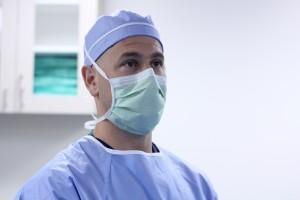
A common surgical treatment involves the use of plates and screws. For this operation, the bone fragments are first repositioned into their normal alignment, and then held in place with special screws or by attaching metal plates to the outer surface of the bone. The plates and screws are usually not removed after the bone has healed, unless they are causing discomfort.
Pins are also used to stabilize the fracture after the bone ends have been put back in place. The incisions for pin placement are usually smaller than those used for plates. Unlike plates and screws, pins are usually removed once the fracture has healed, as they often irritate the skin.
Rehabilitation
Whether you have undergone surgical or nonsurgical treatment, physical therapy and rehabilitation will be needed in order to regain strength and mobility. Once your bone begins to heal, the pain will decrease and you may start gentle shoulder and elbow exercises to help restore movement and strength.
Although it is a slow process, following your physical therapy plan is an important factor in returning to all the activities you enjoy. The average patient will recover in roughly three months, but Dr. Millstein will need to consider your individual case before clearing you.
Call (310) 595-1030 today to schedule your appointment with Dr. Millstein, Beverly Hills collarbone fracture surgeon.

